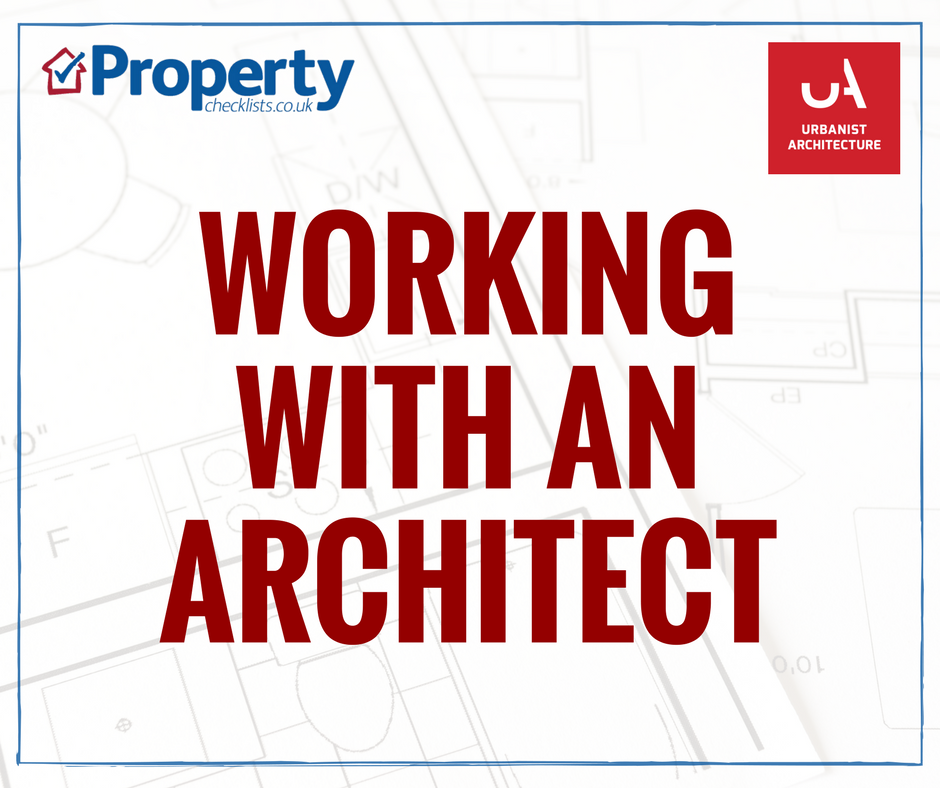It should go without saying that now more than ever, it’s important to keep costs down in construction projects. With the prices of both materials and labour significantly higher than they were a couple of years ago, it would be foolish not to look for ways to save money.
But that can often lead to attempting to reduce costs the wrong way, by cutting corners or making decisions about build quality that might be cheaper in the short term but are likely to lead to increased maintenance costs and a shorter lifespan for the building.
Even if your aim is to build or renovate and sell, you should consider the damage to your reputation if the flats or houses you have developed or renovated start falling apart after a couple of years.
We believe that there are better ways to approach these issues. Before we get into the advantages of good design, we should say how strongly we believe in thoughtful budgeting overall and the importance of not trying to get away with scrimping at the start of a project.
For instance, trying to avoid a full topographical and/or measured building survey before the design work begins. Yes, it is possible to submit a planning application with drawings taking their information from estate agent floorplans and publicly available maps, but there is a fair chance that once you have planning permission and at that point commission thorough surveys, you will need to put in a variation of conditions application to match your design to the reality of the site. At worst, you will discover that what you have planning permission for is completely unworkable.
Many of Britain’s most admired and cherished buildings are extremely simple in their external design. We’re thinking particularly of Georgian houses, which earn their elegance through carefully considered proportions. That doesn’t mean, however, that all simple houses are elegant. Many are hugely dull, some (to our eyes, at least) ugly.
There’s a decent argument that the highest test of architectural skill is making the simple beautiful. And if you do have an excellent simple design, you will still be reliant on competent builders and decent-quality materials.
Savings come from a more straightforward build, which should be quicker, plus having no need for specialist construction workers. In addition, if you are using a more limited range of materials, you are less at the mercy of supply chain issues - which is a common problem for builds at the moment.
There is certainly a place in architecture for interesting textures and unusual cladding. But as we’ve all learned, cladding - especially metallic cladding - has too often been used as a lazy shorthand for ‘contemporary’ for buildings that would otherwise be considered unexciting and - of course - for the renovation of postwar housing and offices.
This is frequently done with a lack of understanding of how quickly architectural fashions can change - in the same way that aspects of 1960s, 1970s, 1980s and 1990s design make some people recoil, the cliches of the 2000s, 2010s and 2020s will soon be making some of us cringe.
(Unfortunately, there are some shortsighted and unimaginative council planning departments that insist on a very limited palette of currently voguish materials, even for extensions to Victorian homes in conservation areas.)
With good design and good workmanship, lower-cost materials, including reclaimed brick and wood for exteriors and interiors, and cork for interiors, can be very attractive.
Many products come in standard sizes off the shelf - for example, timbers, skylights, windows and doors, joinery and many more. Items of a standard size are often cheaper than a bespoke item, and delivery and lead times are usually more reasonable, which helps lower the cost of a project. For example, keeping the skylights in an extension to a standard off-the-shelf window save will save you money compared to bespoke roof glazing.
This is where a good architect can really add value - knowing how to design something that looks distinctive and (if that’s what you are after) non-traditional while using standard (and therefore affordable elements).
The same applies to interiors - there are companies in the market that take Ikea kitchens and upgrade them to something that looks more high-end, as well as the opportunity to use existing and off-the-shelf joinery to create high-end-looking wardrobes.
On the one hand, most people know that the more complicated a layout is, the higher the build cost usually is. On the other, there are more and more elements needed inside and outside a home, both because of regulations (eg, cycle storage, EV chargers) and consumer preference (eg, designing a way not to have power cables all over the floor even as the number of gadgets multiplies). And that’s before we factor in more substantial factors like natural light, stacking rooms (in other words, in a block of flats having all the kitchens and bathrooms above each other) etc. Trying to balance the core needs with cramming in everything tenants and homeowners expect can result in cluttered and messy layouts.
A good architect can’t make the many and often clashing priorities vanish, but they can keep them to a minimum. They will have an eye for how things can be arranged to keep things simple, and also make space-saving suggestions that can avoid unnecessary bends and bumps.
When it comes to what homeowners need, some houses already have the bones to create a beautiful space, but just take some imagination. An expensive extension to your property may not always be the best option, especially if the existing spaces have not been maximised to their full potential. It may also not be the best return on investment.
Renovation projects can be a lower-cost option for creating your dream home, with some of the work requiring less construction expertise and therefore, allows homeowners to undertake more of the labour themselves.
Reorganising the internal layout, upgrading fixtures and fittings, and upgrading your kitchen or bathrooms are all ways to give your property a new lease of life. Other changes such as changing the windows and doors may help to create a better connection to the garden or allow the space to feel brighter.
One of the most damaging ways that construction costs can escalate is when you have to demolish or partially demolish something you have already built. This can happen due to construction mistakes or unforeseeable on-site discoveries but it can also be caused by design errors. Although ‘good design’ is often used as a synonym for attractive design or sustainable design, any definition should also include competent and careful design.
Construction costs will usually include a percentage of each material for errors on site, which if then not used will become waste. The waste on-site could be reduced if accurate measurements are made and exact quantities are used, without adding additional square metres to cover errors. This could reduce the cost of some finishes.
However, there is a risk that more of the materials will be needed if there is a mistake on-site, or in the calculations. Therefore, extreme precision is needed if you are planning to go ahead with this mindset, and involvement from contractors with the same mindset.
Unfortunately, this may not be possible with all materials, as the cuts they arrive in may not fit the space you are fitting them- and so wastage will be unavoidable. To avoid this you can design your spaces using standard sizes and products.
Considering which areas of a project need the higher cost items when arranging the budget, can help create an understanding of the areas in which a lower cost item can be compromised. In the areas where quality matters, that are non-negotiable, the price can be higher, and for other items, a lower-cost alternative can be found.
By using this method, there is an ability to cut some costs on the project for the internal works, but also allows the higher-end items to mean something and be a worthwhile choice.
We all know that something can be made with the most expensive materials on the market and look terrible. And the reverse of that can be true - basic materials and standard-sized off-the-shelf products can be used with great creativity and imagination. But, of course, that means that you are more reliant than ever on the skill of your architect and (if you are using one) interior designer. So do choose carefully - make sure that your architect has a strong track record of doing the kind of work you like and that those previous homes or extensions have been built at a price you can afford.
| Financing a buy to let - Coreco |
How to choose a carpenter - Institute of Carpenters |
Working with an architect - Urbanist Architecture |
 |
 |
 |